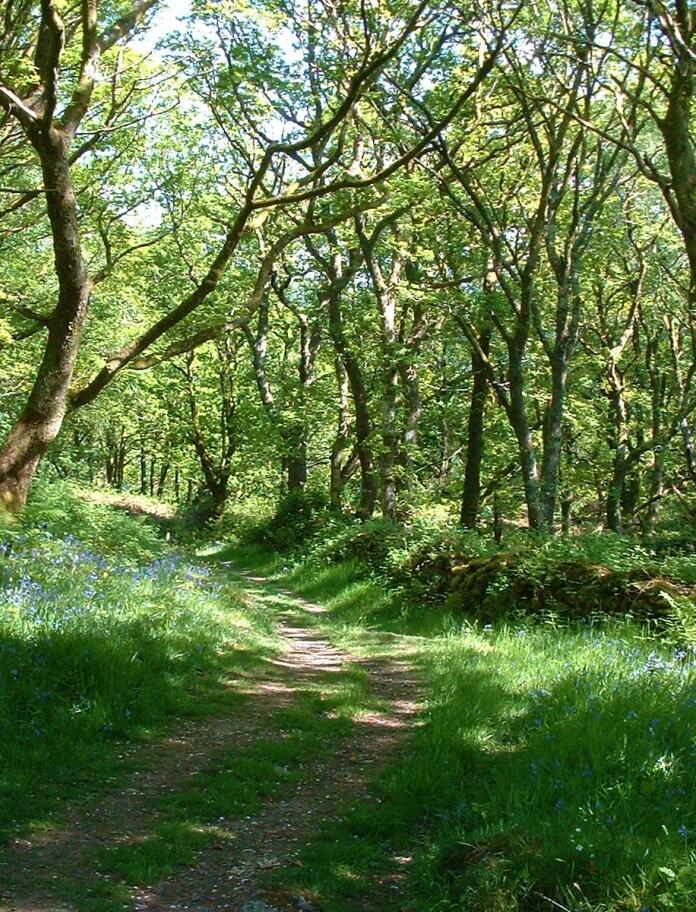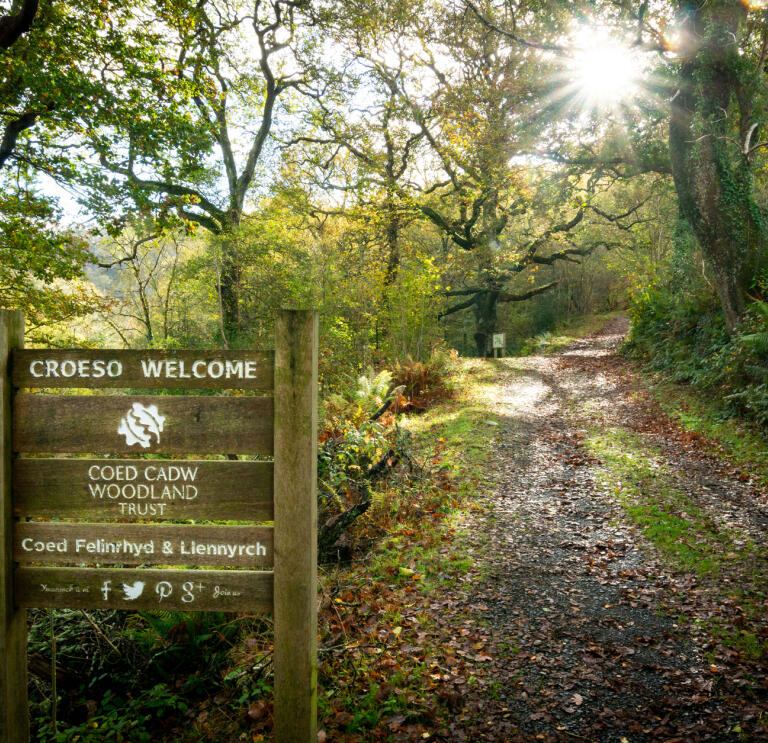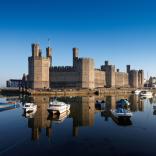On the northern fringes of the Cambrian Mountains, a stone’s throw from the landscapes that inspired Robert Plant of Led Zeppelin to compose Stairway to Heaven, stands a 25-acre (ten-hectare) wood, Llechwedd Einion. It feels as old as time.
Velvety shadows dapple the moss-mottled trees. Warblers flute in the canopy above. A stream chuckles, and there’s a dewiness to the air. This magical place is a temperate rainforest – a rare habitat with Ice Age origins, and secrets up its sleeve.
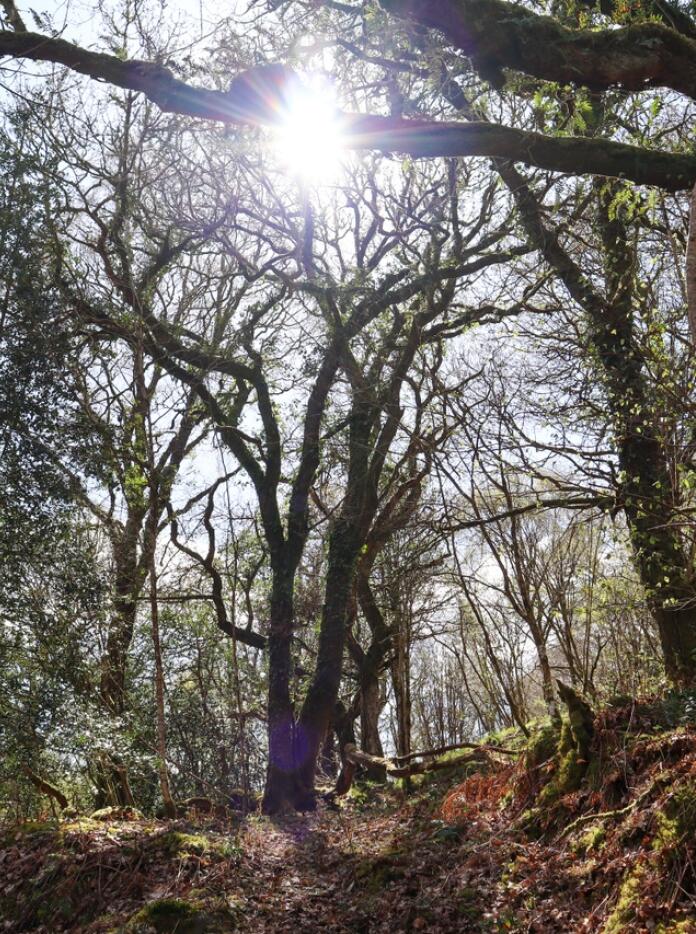
Temperate rainforests thrive in mild, humid conditions. Their oak, birch, hazel and ash trees need life-giving rain. And their epiphytes – lichens, mosses and other plants that grow on plants, absorbing moisture from the air – need mist. Pure air, refreshed by ocean breezes, is crucial, since few epiphytes can survive water vapour polluted by ammonia or exhaust fumes. The steep, spray-drenched river valleys of North Wales and Mid Wales suit them perfectly. Here, we call them Celtic Rainforests.
It’s remarkable how peaceful a Celtic Rainforest can be. They’re not places to go hurtling about on a mountain bike. They lend themselves to mindful meditation and Japanese-style forest bathing. Or to gentle strolling, dressed for the weather, with sketchbook, camera or binoculars in hand. Foxes, badgers, cuckoos, spotted flycatchers and wood mice are found here. Occasionally, one may flicker into view.
'I’ve loved ancient woods since I was a child', says farmer, forest ecologist and nature guide Joe Hope, a trustee of Coetir Anian (Cambrian Wildwood), the conservation charity that manages Llechwedd Einion. 'There’s something magical and Tolkienesque about them. On autumn walks with my dad, we’d pick mushrooms, or look for the homes of woodland trolls. I’m intrigued by the Celtic otherworld our rainforests represent.'
From time to time, Joe runs Celtic Rainforest walking tours for small groups of enthusiasts. 'I give everyone a hand-held lens with a light, to peer at things closely', he says. 'There’s a fractal quality to the rainforest ecosystem. Whether you zoom out to the valleys and glades, or zoom in to the tiniest lichens and mini-beasts, there are intricate patterns to observe. I love showing people things they wouldn’t normally notice.'
As well as exploring Llechwedd Einion, his home patch, Joe makes forays into Coed Felenrhyd & Llennyrch in the Vale of Ffestiniog, one of the Meirionnydd Oak Woods owned by Coed Cadw (Woodland Trust in Wales). 'We have some of Europe’s finest woodlands, packed with scientific interest', he says. 'We know that trees and woodland soils can help tackle the climate and biodiversity crisis by supporting wildlife, locking up carbon and helping prevent flooding. But we still don’t know how all their organisms interact.'
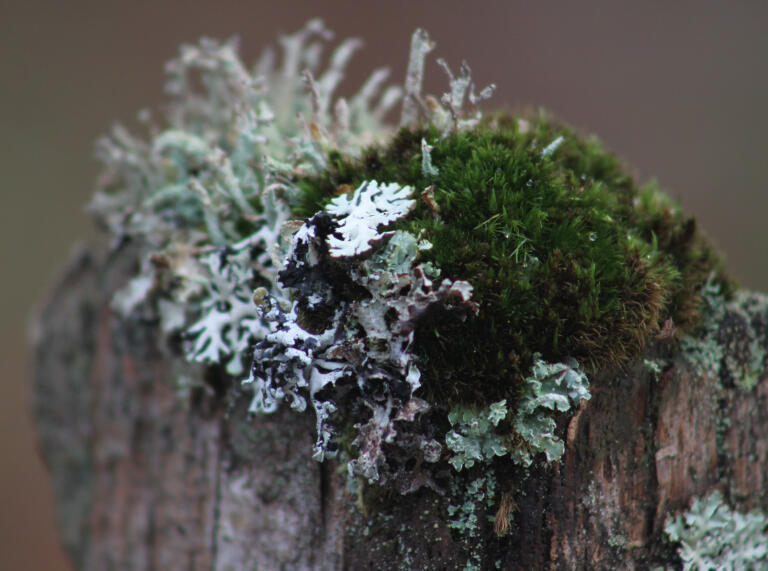
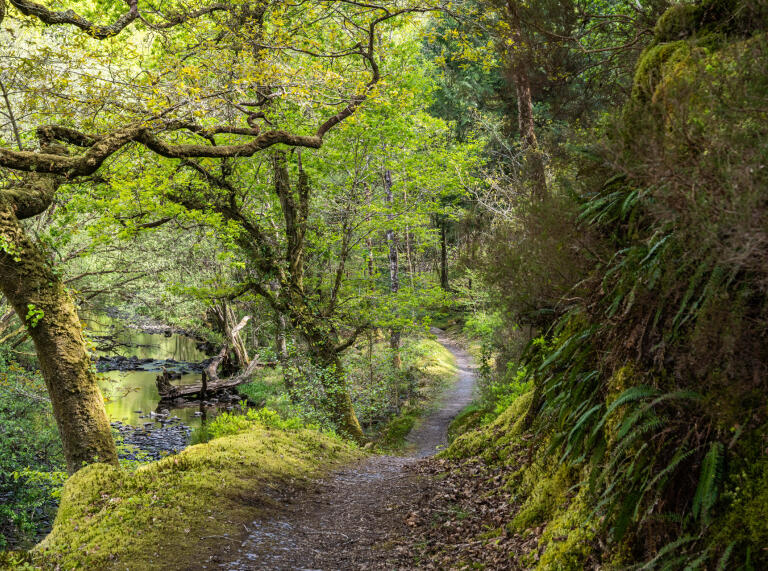
This is a mystery that both scientists and artists are examining. Environmental sound artist Cheryl Beer uses hearing aid and biomedical technology to record moisture moving through the vascular systems of Celtic Rainforest trees. She weaves this data into musical compositions. In 2021, while recording a young oak tree in Coed Cwm Elan (Elan Valley Woodlands), she felt it was responding to the birds singing nearby. 'Slowly, more and more birds joined in, and the tree’s biorhythms began to change, becoming more tuneful and melodic. It was akin to a duet between a tree and the birds', she says.
In prehistoric times, when Wales a richly forested nation, Celtic Rainforests were used sustainably for timber and livestock. More recently, overgrazing, and the spread of invasive species have taken their toll, causing many temperate rainforests to shrink or vanish. Through the Celtic Rainforests Wales restoration project, launched in 2019 with funding from Natura 2000 and the EU LIFE scheme, Welsh environmental organisations are seeking remedies. They’re focusing on planting trees, removing non-native plants such as rhododendrons and allowing small herds of cattle to keep brambles and ivy at bay.
In future generations, Wales may well boast a great green corridor of trees. That’s the ambition of the Welsh Government’s long-term programme, The National Forest for Wales, announced in 2020. 'The National Forest for Wales is a ground-breaking, world-first initiative that will connect both state and private woodlands, creating a network of well managed and good quality woodlands containing trails running the length and breadth of Wales', says programme head Erika Dawson-Davies.
Blessed with rare species, Celtic Rainforests could perhaps play a crucial role in the National Forest for Wales. 'Helping restore and maintain some of Wales’ irreplaceable ancient woodlands is among our aims', says Erika.
Erika Dawson-DaviesOur rainforests, while very fragile, are ecologically amazing, and have enormous heritage significance"
Enshrined in druidic traditions and Mabinogion legends, Celtic Rainforests are steeped in folklore. They have a place in contemporary culture, too. As we re-connect with nature, Llechwedd Einion and Felenrhyd, beautiful forests with a leave-no-trace ethos, set the tone. With careful guardianship, they’re sure to inspire us for centuries to come.
More information
Feel close to nature on a Celtic Rainforest walk
The National Forest for Wales (Welsh Government)
Find out more about our extraordinary rainforest lichens through Plantlife
